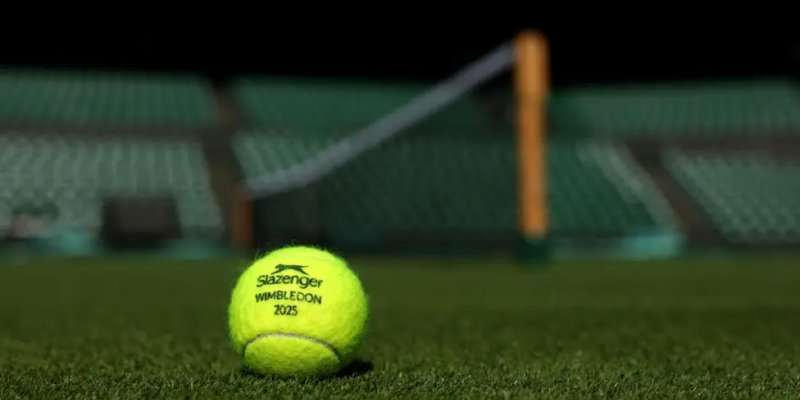
Just before the US Open kicked off, the feeds of top tennis players suddenly featured images with meticulous styling and a fashion mood. It looked as if Andrey Rublev, Holger Rune, Flavio Cobolli, Alex de Minaur, and Frances Tiafoe had shot for a fashion magazine and then gone about their day. Later it turned out this was no coincidence, but a pilot of the ATP’s new strategy — to make players visible in the lifestyle conversation through collaboration with professionals from the fashion industry.
Pilot in New York: GQ Stylists and Luxury Picks
![]()
The association gathered players for fittings in New York under the guidance of GQ fashion consultant Mobolaji Dawodu. The athletes were dressed in Ralph Lauren, Ferragamo, Issey Miyake, Amiri, Officine Générale, and Stone Island. Next came posts on accounts at the intersection of tennis and lifestyle such as @HauteLeMode and @OvertimeTennis, so the “fits” would be discussed not only by Grand Slam fans but also by people who live and breathe fashion.
First Collaboration: Palmes and a Launch at Gem Home
![]()
On the eve of the tournament, the ATP unveiled its debut collaboration with the Danish brand Palmes: a capsule of T-shirts, polos, shorts, baseball caps, and a bag. The launch was celebrated at the Manhattan venue Gem Home — another signal that tennis is stepping out of a purely sports niche and placing itself in the cultural center of the city.
Where Audiences Converge: Why Tennis Needs Fashion
![]()
The ATP emphasizes that the audiences of tennis and fashion have long overlapped. Now this connection will be developed institutionally rather than left to “organic” growth. The task is to engage those who currently watch tennis only superficially more deeply and to channel interest in style toward tournaments and the tour’s personalities.
Athlete Marketing: The Personal Brand as a Sporting Asset
![]()
The fashion track fits perfectly with the trajectory of the ATP’s new Athlete Marketing unit: to amplify players’ personal brands and make them relevant beyond the court. “Tennis traditionally has a lot of restrictions, and personal style lets me show my character from a different angle and reach people who might not have watched tennis at all,” summarizes Cobolli. In essence, image becomes another competitive advantage — alongside the serve, a rebreak, and down-the-line winners.
Plan for 2026: A Multiplying Budget and “Tunnel Walks”
A full launch is targeted for 2026: the initiative’s budget will quadruple, and styling sessions and shoots will accompany a series of major tournaments. Players will be filmed on their way to the courts — modeled on the NBA’s “tunnel walks,” which have long become a standalone genre of sports fashion. Ideally, there will be full-fledged partnerships with luxury houses integrated into athletes’ personal contracts with their apparel sponsors.
Equipment Balance: With Nike and adidas — and Beyond
![]()
Nike and adidas remain the bedrock of the tennis ecosystem. But bringing in high-fashion brands can multiply reach and boost the tour’s recognition among a broader audience. This is not about competition but synergy: functional equipment underwrites performance, while fashion communicates personality, narrative, and context.
Social Media as an Accelerator of Fame
![]()
As stylist Dawodu aptly notes, social media now acquaints us with athletes long before their biggest titles. A striking visual identity can grant tour protagonists a “pre-title” icon status — and when the wins arrive, the image only solidifies.
Why the Sport Needs This
![]()
Tennis has hit a natural ceiling of popularity and is seeking growth at the intersections. Investing in players’ image is a way to embed the sport into the broader cultural landscape, reach new audiences, and open doors to unexpected commercial collaborations. If the pilot phase is already drawing attention beyond the tennis community, then scaling in 2026 can turn the walk to the court into a catwalk, and matchday into an event fit for the cultural diary.








